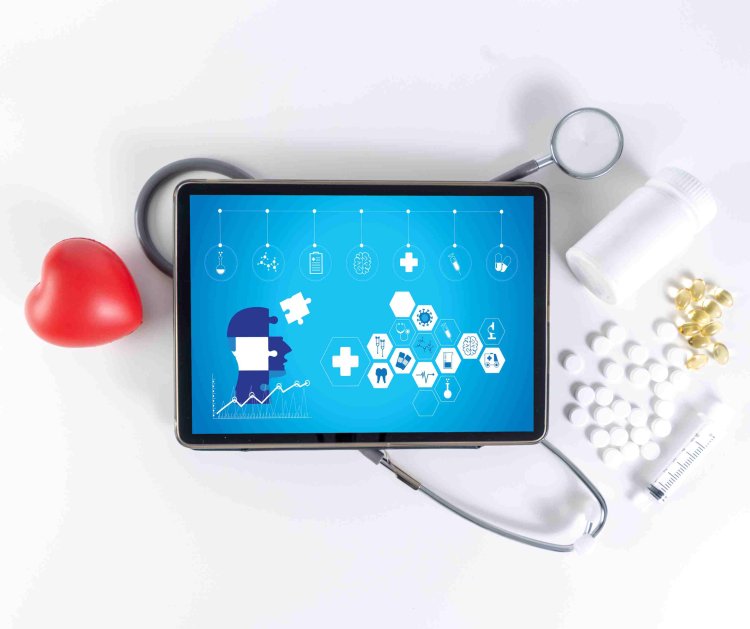Unleashing the Power of Digital Medical Records: Transforming Patient Safety and Healthcare Provision
Unleash the power of digital medical records to transform patient safety and healthcare provision. Discover the benefits of digital records in improving accuracy, efficiency, and patient engagement.

Modern digital technology has revolutionized the health industry by introducing electronic medical records. Paper records are no longer required as healthcare facilities and hospitals use technology to both improve patient safety while revolutionizing how they provide healthcare. This blog focuses on the advantages of EMRs as well as their effect on changing healthcare delivery for improved quality of care.
Part 1: Understanding Digital Medical Records
Overview and Definition of Electronic Medical Records (EMRs). Converting paper-based records into EHRs (Electronic Health Records). Digitalisierung Features and Components of Digital Electronic Medical Record Systems. Data Security and Privacy Issues for digital records. This section of our guideline discusses EMRs in detail.
2: Enhancing patient safety through digital medical records
Improved legibility and accuracy of documents reduce mistakes in medication administration as well as miscommunications between health providers, and patients, providing faster diagnostics and treatments.
Integration of systems for decision making provides healthcare professionals with a tool to make well-informed decisions, with reminders and alerts regarding medications taken, screenings for preventative services and vaccinations.
Effective healthcare communication and coordination between healthcare professionals can minimize mistakes and errors while also improving chronic condition management through real-time monitoring and automated alerts.
3. Enabling Patients Through Digital Medical Records
Accessing health records promotes transparency and participation by providing patients with online access to results of tests, diagnoses and treatment plans; reviewing results online allows patients to view results quickly as well as secure communication platforms that connect providers and patients for easier interactions.
Plan appointments online and renew prescriptions conveniently to make life simpler for patients. Our educational materials empower individuals to take charge of their health, with remote monitoring and telemedicine increasing access to healthcare.
Section 4 Transforming Healthcare Provision by Implementing Digital Medical Records
Healthcare environments must increase efficiency and decrease administrative burden in order to provide safe care, with transparent sharing of patient information between specialists and providers.
Interoperability between systems that helps promote continuity and reduce duplicate work is vital to providing continuity of care, and decreasing duplication.
Analytics and health management enable proactive interventions. Furthermore, innovations and research opportunities exist when using aggregated, anonymized data sets.
Cost savings resulting from reduced paper work, duplication and better resource allocation are expected. It is therefore imperative to identify challenges and consider considerations associated with digital medical record implementation to maximize cost-savings benefits. Section 5 covers this in more depth.
Initial investment requirements and requirements for infrastructure. Training and adaptation for healthcare professionals and staff. Compliance with privacy and data security legislation. Interoperability issues between different providers or systems.
Disparities exist regarding access and digital literacy.
Consent and control over patient medical information.
Conclusion :
Digital medical records represent an enormous advance in healthcare and patient safety. Digitized records are revolutionizing healthcare delivery by providing patients with greater access, accuracy and empowerment over their care, while healthcare providers make informed choices quickly and effectively. Benefits extend well beyond an individual patient, providing opportunities for data-driven research as well as population health management. Adopting electronic medical records presents challenges, including initial cost of training and implementation costs as well as privacy concerns. Healthcare institutions must address these obstacles to ensure an effortless transition so they can reap all of the benefits associated with electronic medical records.
Medical information is revolutionizing the healthcare industry, with significant advantages to patient safety and changes to how healthcare services are provided. As technology evolves, digital medical records' potential will only grow, offering patients power and quality healthcare while opening the path for a brighter future.
What's Your Reaction?


















